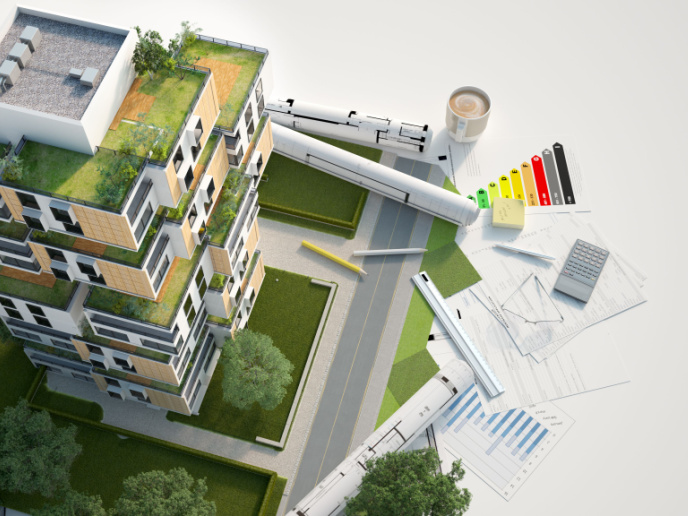Building a renovation framework that puts impact first
While Europe’s buildings are unique and diverse, encompassing cultural, social and economic elements, a large proportion of them are old. More than 220 million buildings were built before 2001, and most of them are likely to still be standing in 2050. To improve energy efficiency across the bloc and reduce associated emissions, the EC published the Renovation Wave strategy, A Renovation Wave for Europe – Greening our buildings, creating jobs, improving lives. Its aim is to double the renovation rate of existing buildings over the next decade.
Why impact is so important in the Renovation Wave
Successfully scaling renovation rates takes a concerted, coordinated effort from a host of different actors in the renovation sector, from policymakers and financiers to contractors, product suppliers, consultants and, importantly, building owners. But with a large number of renovation initiatives out there, how can actors know which suggested solutions hold the most value and in which contexts? As there is no one-size-fits-all approach, the answer lies in tracking their impact. “Greater availability of data regarding the impacts of renovation programmes supports governments in decision-making and can help them identify best practice solutions that could be scaled and implemented across Europe. This data could also aid potential funders in selecting viable projects to invest in,” notes Raquel Díez, coordinator of the EU-funded BUILD UPON2 project.
New renovation framework makes waves
At the end of 2021, BUILD UPON2 unveiled a multilevel renovation impact framework. “The BUILD UPON framework will serve as a tool for local actors to focus on the real impact and learning, enabling them to monitor and quantify holistically the wide benefits of energy renovation,” adds Díez. “The framework paves the way towards a harmonised monitoring of local and national renovation activity, which allows to assess the level of achievement of the objectives set in our renovation strategies and programmes.” The ultimate goal is to create ecological, social and economic added value. To this end, the framework features a unique suite of milestones and measurable progress indicators for city renovation strategies including carbon emission reductions, employment, energy poverty and improved health. Cities can use the framework to measure carbon emission reductions and energy efficiency improvements brought about by energy renovation, while also considering the annual renovation rate and increased use of renewable energy. Low-income owners or renters living in poorly maintained buildings will greatly be benefitted: the tool will measure the extent to which renovation work can reduce energy poverty and improve indoor air quality and thermal comfort. Ultimately, the tool will drive the creation of jobs and greater investments in city regeneration programmes.
Key insights to guide the next steps
The BUILD UPON framework was tested in pilot cities across Europe. “Most of them highlighted that the tool helped align different levels of governance; building renovation data has so far been treated separately as countries implemented their renovation strategies. This was compounded by the lack of staff capacity and training in data acquisition,” explains Díez. Throughout organised workshops and interactions with cities participating in the project, the need for a digital version of the framework was highlighted to facilitate data aggregation and analysis. Two Spanish cities, Valladolid and Zaragoza, went ahead and developed a tool called Rehaviva, which built on the principles of the BUILD UPON framework and integrated key metrics from it. “The BUILD UPON framework is the first tool to align impact metrics for renovation in a way that can be applied consistently at regional, national and European levels. It links policies at different scales and supports the renovation wave. We're now working with partners to explore different ways that the framework can be rolled out,” adds Stephen Richardson, Director of the World Green Building Council’s Europe Regional Network, a community of over 20 national Green Building Councils across Europe.
Keywords
BUILD UPON2, renovation, impact, buildings, multilevel renovation impact framework, carbon emission reductions



